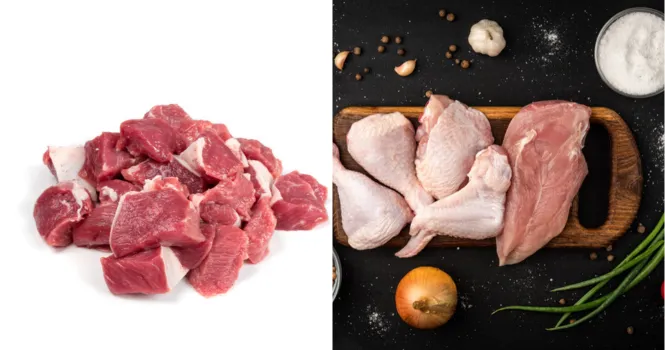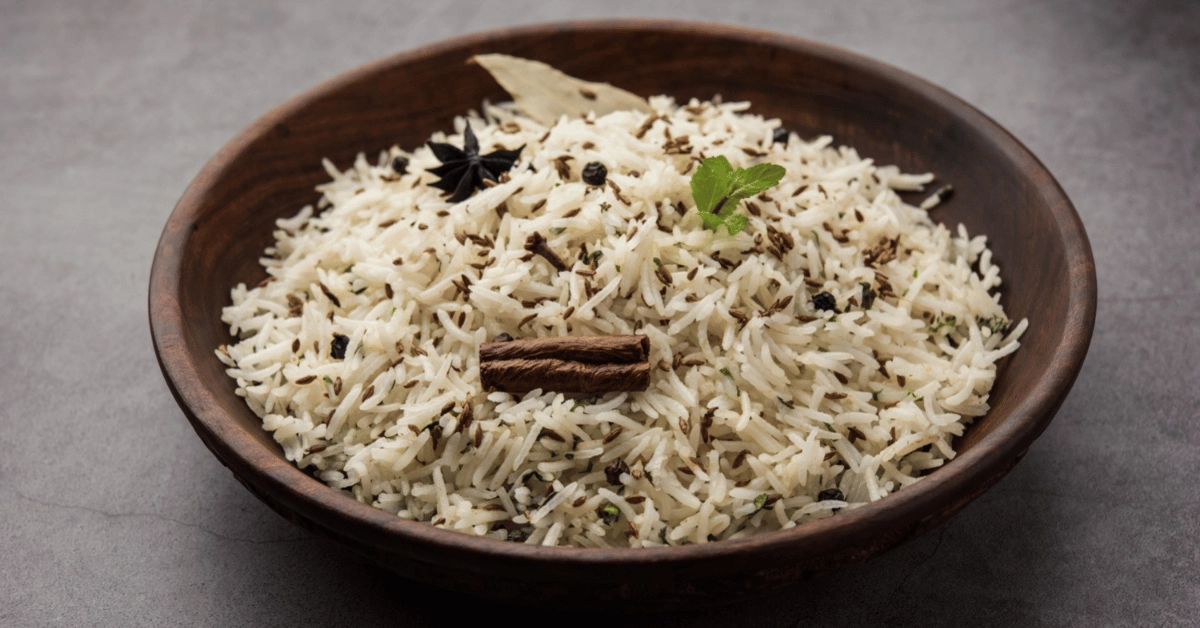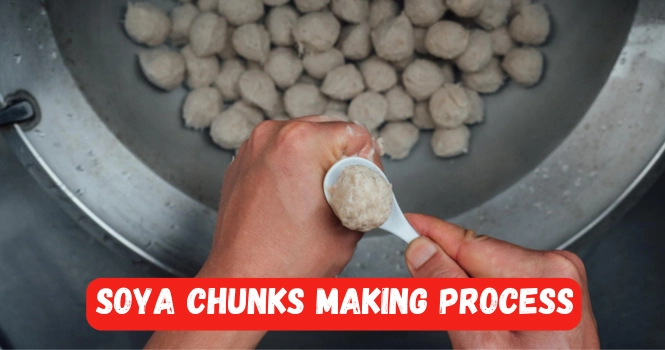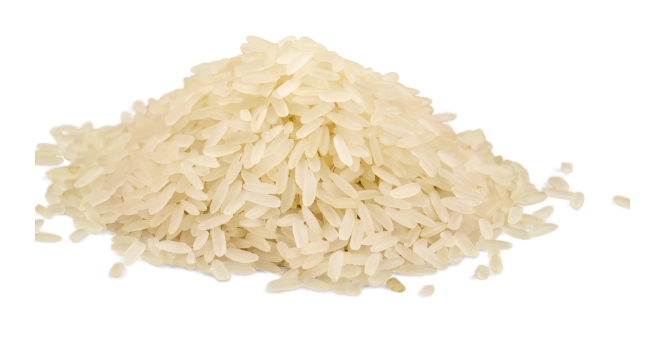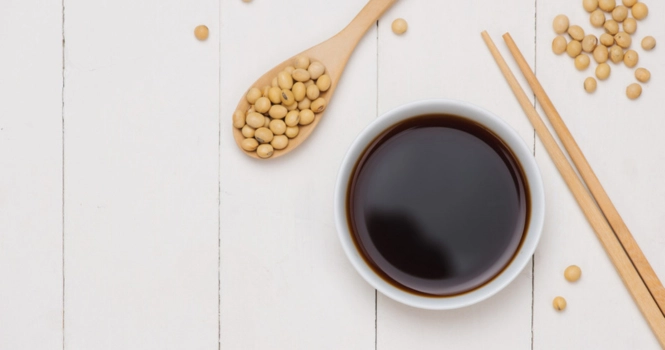Discover the Sugar Content in Boiled Rice: What You Need to Know
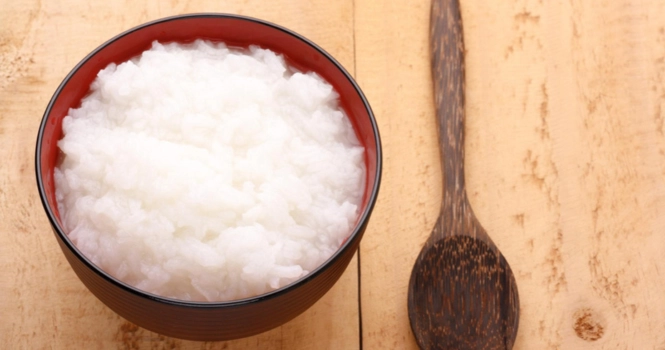
When it comes to our daily diet, rice is a staple for billions of people around the globe. Its versatility, affordability, and ease of preparation make it a favorite across various cuisines.
However, in the quest for healthier eating habits, many are curious about the sugar content in their favorite foods, including boiled rice.
Understanding Boiled Rice
Boiled rice, primarily composed of carbohydrates, is a significant energy source. It’s important to distinguish between the two main types of carbohydrates found in rice: starches, which are complex carbohydrates, and sugars, which are simple carbohydrates. The sugar content in boiled rice is minimal, with the majority of its carbohydrate content coming from starch.
What is Starch and Simple Sugars?
Starch in Rice
Starch is the primary component of rice, accounting for about 90% of its total dry weight. This starch is what gives rice its energy content and is primarily made up of two polysaccharides: amylose and amylopectin. The proportion of these two components can vary among different types of rice, affecting the texture and digestibility of the rice:
- Amylose: This is a relatively straight-chain molecule. Rice varieties with higher amylose content tend to be less sticky and more firm when cooked. They also tend to have a lower glycemic index, which means they cause a slower rise in blood sugar levels.
- Amylopectin: This molecule has a highly branched structure, leading to a stickier texture in cooked rice. Varieties with higher amylopectin content, such as Arborio rice (often used in risotto) or glutinous rice (used in many Asian desserts), are more sticky and tender after cooking and tend to have a higher glycemic index.
Simple Sugars in Rice
While starch dominates the carbohydrate content of rice, there are minimal amounts of simple sugars present. These simple sugars, including glucose and fructose, are present in trace amounts, typically less than 1% of the total composition.
Due to their minimal presence, they don’t significantly impact the nutritional profile of rice or its effects on blood sugar levels when consumed as part of a balanced diet.
How Much Sugar is in Boiled Rice?
When it comes to boiled rice, the sugar content is surprisingly low. For every 100 grams of boiled white rice, there is less than 0.5 grams of sugar. This minimal amount makes rice a low-sugar food option, primarily composed of complex carbohydrates.
Daily Intake: How Much Sugar in Boiled Rice?
Considering the low sugar content, consuming boiled rice as part of a balanced diet should not be a concern for most people. The key is moderation and ensuring a diverse diet that includes plenty of vegetables, proteins, and healthy fats alongside carbohydrates.
Sugar Content in a Cup of Boiled Rice
A typical serving size, such as one cup of boiled white rice (about 158 grams), contains less than 0.5 grams of sugar. This small amount contributes insignificantly to the daily recommended sugar intake, which is 25 grams for women and 37.5 grams for men, according to the American Heart Association.
White Rice vs. Brown Rice: Sugar Content
The sugar content in white rice and brown rice is quite similar, with both having less than 0.5 grams of sugar per 100 grams. However, brown rice is often recommended over white rice due to its higher fiber content and lower glycemic index, which can help manage blood sugar levels more effectively.
Rice Sugar Content Per 100g
For every 100 grams of boiled rice, expect less than 0.5 grams of sugar. This negligible sugar content makes rice an excellent choice for those monitoring their sugar intake.
How much Teaspoons of Sugar in One Cup of Rice
Given that there is less than 0.5 grams of sugar in a cup of boiled rice, this equates to less than 1/8 of a teaspoon of sugar per cup, an amount too small to cause concern for most healthy individuals.
Calories in One Cup of Cooked Rice
A cup of cooked white rice contains approximately 205 calories. The caloric content primarily comes from carbohydrates, with a very small fraction contributed by sugars.
Understanding the sugar content in boiled rice helps demystify its impact on your diet. With less than 0.5 grams of sugar per 100g or per cup, rice can easily fit into a healthy, balanced diet.
Remember, the key to a nutritious diet is variety—complement your rice with plenty of vegetables, lean proteins, and healthy fats to ensure a well-rounded meal.
In summary, the sugar content in boiled rice is minimal, making it a suitable staple for most diets. However, maintaining a balanced diet and practicing portion control are essential for overall health and well-being.
Frequently Asked Questions
Does boiled rice contain sugar?
Yes, boiled rice contains trace amounts of sugar, but the primary carbohydrate is starch. The sugar content is minimal, making rice a low-sugar food choice.
How much sugar is in boiled white rice?
Boiled white rice contains less than 0.5 grams of sugar per 100 grams. The majority of its carbohydrate content comes from starch, not sugar.
Is white rice higher in sugar?
White rice and brown rice have similar low sugar contents, but white rice has a higher glycemic index due to the removal of the bran and germ. This means it can raise blood sugar levels more quickly than brown rice, despite not being significantly higher in sugar content.
How much sugar does a cup of rice turn into?
A cup of cooked white rice (about 158 grams) contains less than 0.5 grams of sugar. The body breaks down the starch in rice into glucose (a form of sugar), but this conversion doesn’t increase the inherent sugar content of the rice itself.



